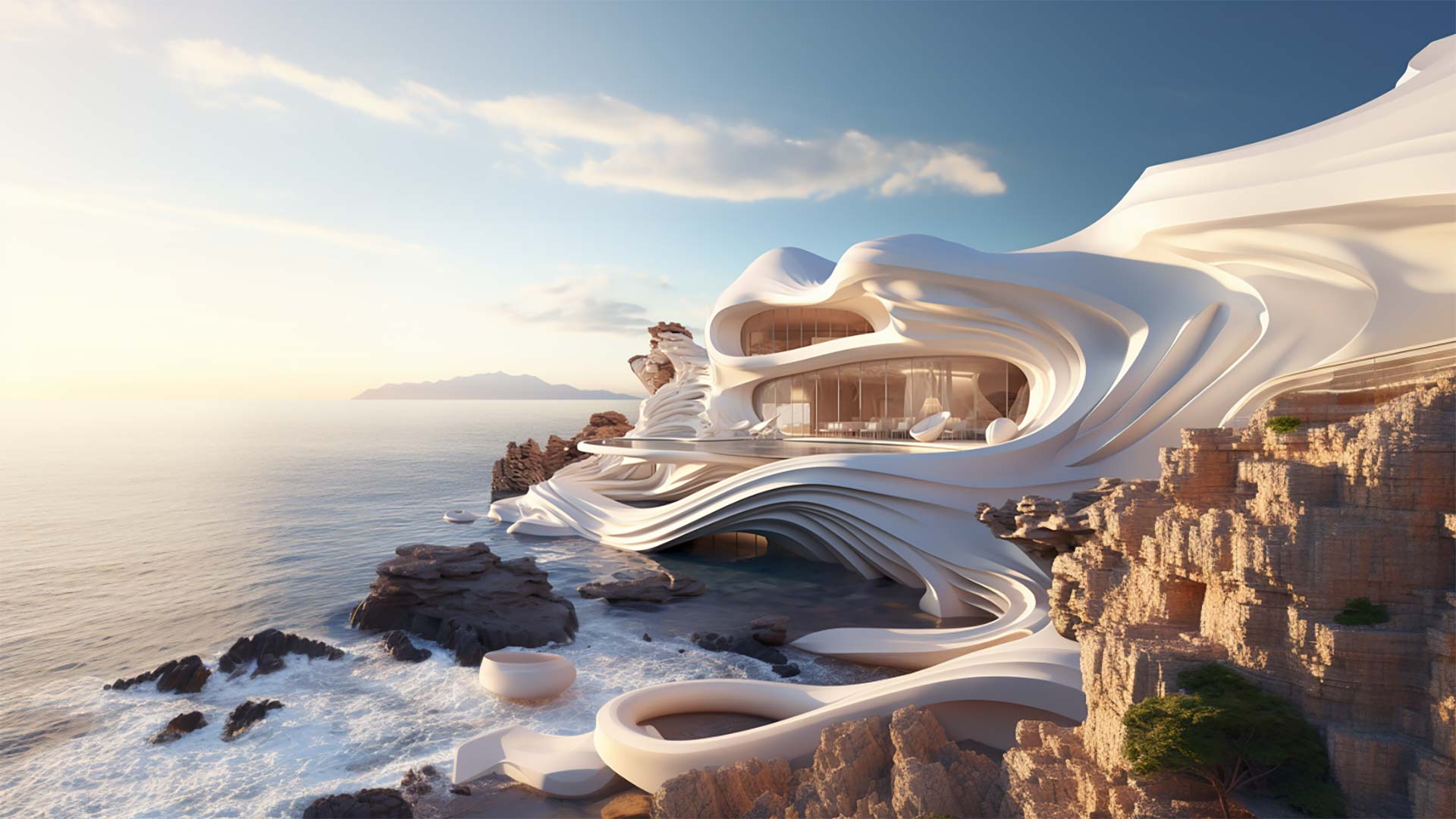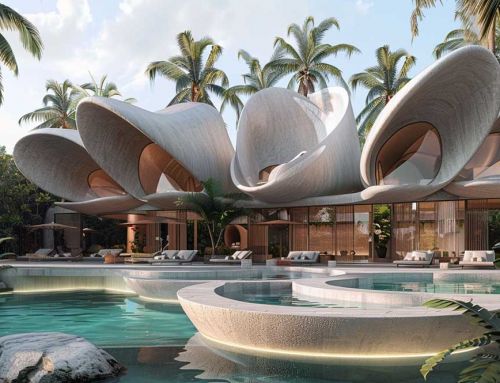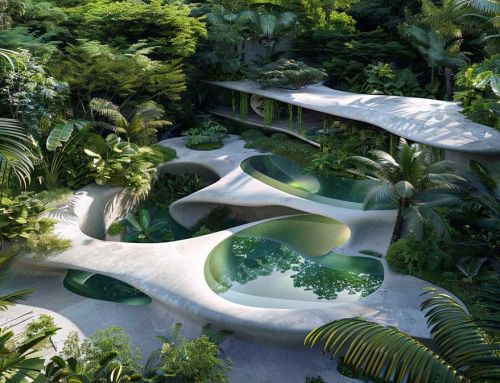Organic architecture is a trend that seeks the harmonious integration of buildings into nature. It is a trend that has already been developed by architects such as Frank Lloyd Wright and Antoni Gaudí. One of the factors in this harmony is precisely the choice of materials.
In addition to its search for ways of mimicking nature, organic architecture opts for materials that complement the landscape. Wood, stone and glass are common choices from this perspective. Wood, which in addition to being natural is a sustainable material, with its warmth and versatility provides a sense of comfort. Stone, strong and durable, mimics the surrounding geology. Glass, on the other hand, opens the interiors to the outside and therefore establishes a direct connection between one and the other, where nature reigns supreme.

At the same time, the materials used in organic architecture promote the sustainability and energy efficiency of buildings. After all, their use leads to a direct reduction in waste and lower energy consumption. Passive acclimatisation through the use of the sun’s rays, or the insulating capacity of these materials, bear witness to this.
In addition, the integration of vegetation into the design, in the form of green roofs and walls, is a further feature of organic architecture. In doing so, it improves air quality and aids indoor temperature regulation. The result is more than a building, it is almost a living entity that improves the quality of life of its inhabitants and respects the planet.
By Jorge Moreno, designer in Amusement Logic’s Design Dept.
OTHER NEWS
Newsletter



